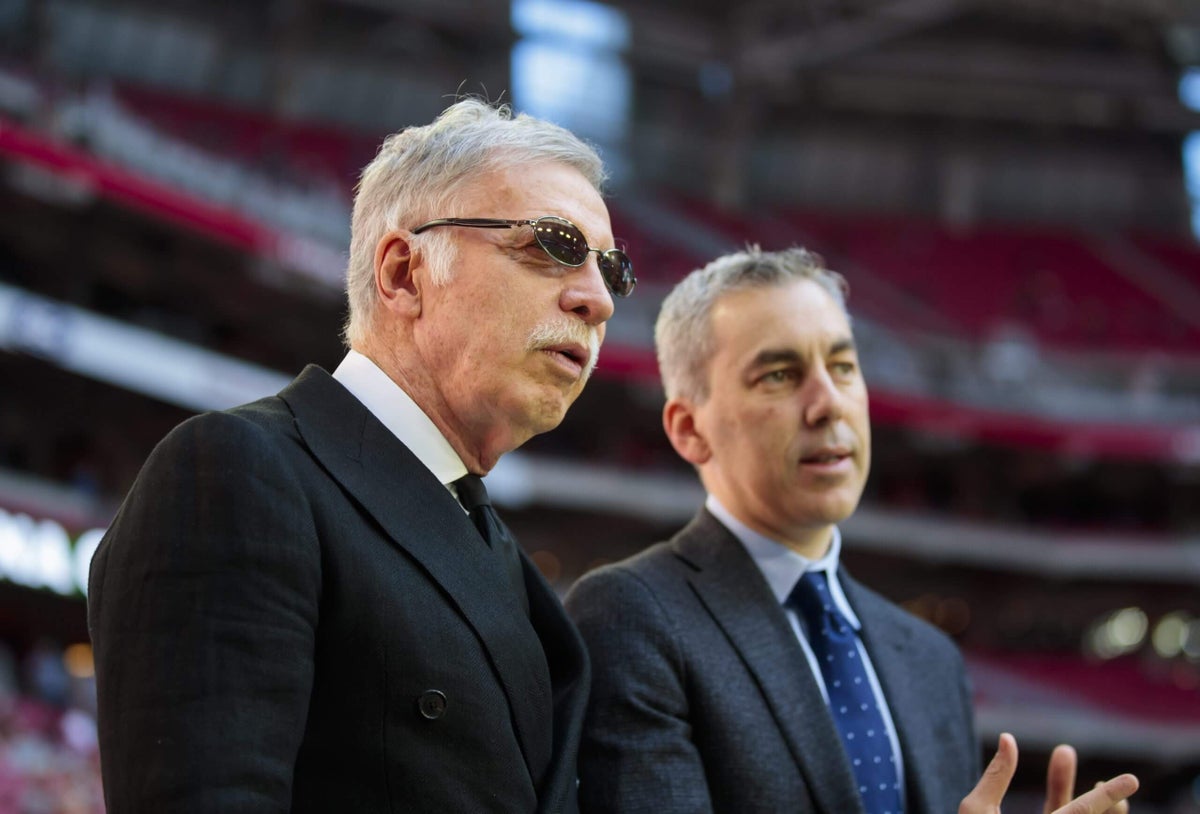Behind the Scenes: Kroenke's Sports Empire - From Arsenal's Pitch to World Cup Dreams

In a revealing insight into stadium development and construction strategies, a key executive from Stan Kroenke's team has shared how the groundbreaking SoFi Stadium project could potentially influence future stadium developments, including potential renovations at Arsenal's Emirates Stadium.
The innovative approach taken during SoFi Stadium's construction in Inglewood, California, has set new benchmarks in stadium design and engineering. By leveraging cutting-edge construction techniques and advanced project management strategies, the stadium has become a blueprint for future large-scale sports venue developments.
Kroenke's right-hand man highlighted several critical lessons learned from the SoFi Stadium project that could directly impact future stadium renovations and constructions. These insights include advanced structural engineering methods, sustainable building practices, and innovative fan experience design.
For Arsenal's Emirates Stadium, this could mean potential transformative upgrades that incorporate lessons learned from the SoFi Stadium project. The executive suggested that modern stadiums must balance technological innovation, fan comfort, and operational efficiency to remain competitive in today's sports entertainment landscape.
The potential knowledge transfer from the SoFi Stadium project represents an exciting prospect for sports infrastructure development, demonstrating how successful construction strategies can be adapted and applied across different venues and sporting contexts.
